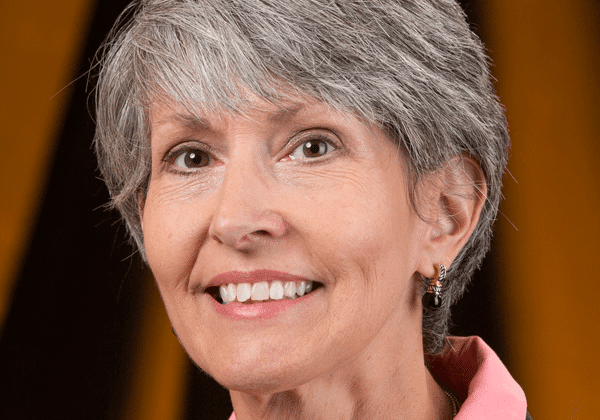Diana Garlough
Biography
Dr. Diana Garlough is the Chair of Licensure and Endorsements in the College of Education at the University of Findlay in Findlay, Ohio, U.S.A. She received an Ed. D. in Leadership Studies from Bowling Green State University, and both a M.A in Reading, Language Arts, and Literature, and a B.S. in Elementary Education from The Ohio State University. Garlough has been active in state leadership in Executive Board membership in the Ohio Literacy Association (formerly the Ohio Council of the International Reading Association), and the Board of Trustees of the Ohio Association of Colleges of Teacher Education (OACTE). Garlough’s service on those boards includes the following committee work: OCIRA Exemplary Reading Award committee, OCIRA Annual Conference Proposal Reviewer committee member and chair, Buckeye Children/Teen Book Award (BCTBA) OCIRA representative, OACTE Advocacy Committee, and the OACTE Inquiry Committee. Garlough’s research agenda includes international, national, and state presentations and publications in the area of white racial identity development using an anti-racist framework with multicultural literature. Garlough is also active in committee work at the University of Findlay.
Leveraging Literature to Help Develop Racial Identities: Multiple Challenges with One Unique Solution
Stories empower, liberate, illuminate, and so much more. But can stories be used to impact difficult educational challenges such as understanding race impacts, developing racial identities, and providing confidence in talking about race? One teacher educator designed a study operationalized through award-winning multicultural children’s literature with an anti-racist framework used by the participants to ask questions during read alouds.
“Stories empower, liberate, illuminate, and so much more. But can stories be used to impact difficult educational challenges such as understanding the unequal impacts of race, developing racial identities, and providing confidence in talking about race? One teacher educator designed a study operationalized through award-winning multicultural children‚Äôs literature with an anti-racist framework used by the participants (preservice teachers or PSTs) to ask questions during read alouds. This study took place over the course of one semester as PSTs taught lesson in local schools. Data were analyzed according to the constant comparative method and yielded a novel way to interpret the data. Envisionment Building, a reading comprehension model, was used to better understand the phenomenon under investigation- white racial identity development.
Designing this study posed several unique challenges. The first is that the PSTs who participated in the study largely did not understand themselves as racial beings. This phenomenon is perpetuated, in part, because many white people still live racially segregated lives. An additional design challenge was not placing too heavy a demand on PSTs in their planning or teaching. Common teaching practices such as teacher read alouds, written lesson reflections, and debriefing sessions with co-investigators were incorporated into the study in order to accommodate for the lack of time in busy schedules.
Study findings revealed that the PSTs, and also the co-investigators, were able to build increasingly rich and complex racial identities as a result of the study’s methodology, and they also became more comfortable talking about race. The presenter will share findings that illustrate all stances of Envisionment Building as related to white racial identity development.”

